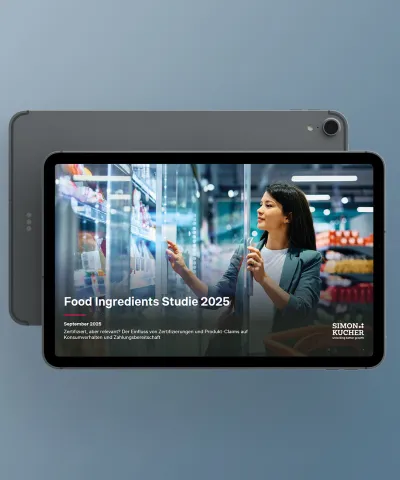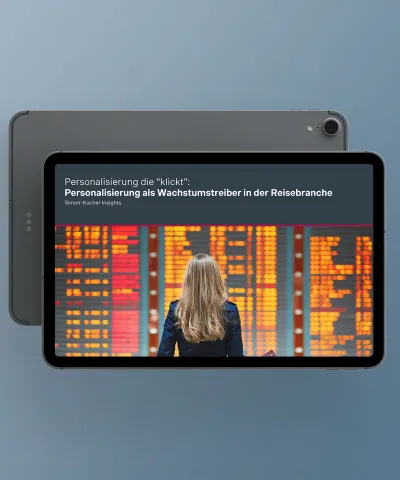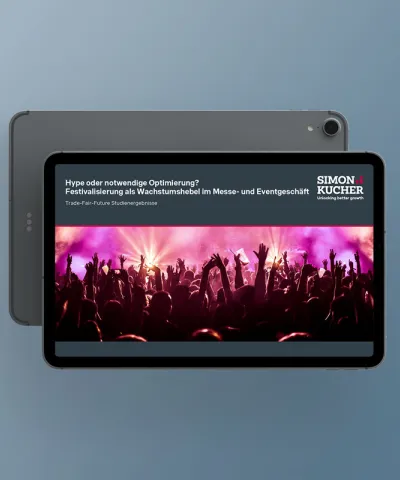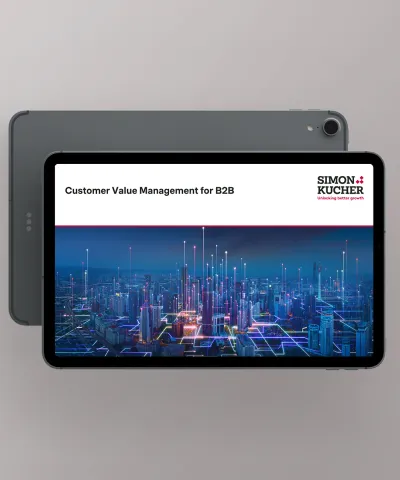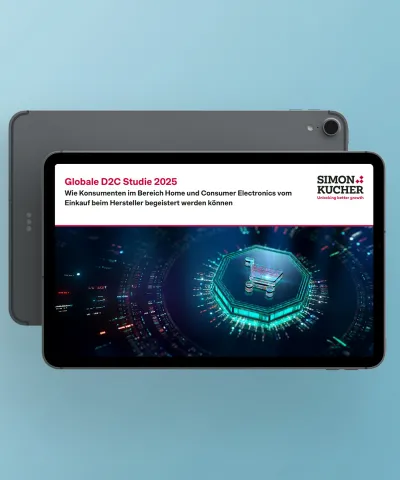The current volatile economy is forcing companies to rethink their monetization models to secure margins and boost profitability. This is especially important in the tech industry, which, despite the hefty valuation reductions and massive layoffs currently happening, is an important industry in the overall global business growth. In this turbulent context, software companies need to prioritize the development of best-in-class models to maintain and improve their profitability.
As highlighted by Hermann Simon’s book True Profit!, the ability to generate sustainable profits is vital for companies to thrive. However, a common pitfall of most software companies is focusing on developing new features while neglecting monetization models. Commendable companies like Evernote and HubSpot have exceeded average industry growth and become models due to their groundbreaking pricing and packaging models, which balance their focus between product development and monetization.
Sophisticated revenue models take pressure off software companies even when revenue dries up. When budgets to acquire new customers or to expand into new markets are cut, the primary focus becomes to nurture the existing customer base. This article explores how to do that.
Before diving into practical approaches to creating a winning monetization model, it’s worth remembering that not all customers are the same. Even apparently similar customers can have unique needs, so the adage “one model fits all” is likely to result in inefficient monetization. Conversely, companies that embrace a differentiated monetization approach to their customers consistently experience growth above the market average.
There are various ways to cluster and segment your customers and create the right individual monetization approach for each. The focus of this article is on the difference between top customers and long-tail customers. According to the ABCD methodology, the top customers (A) are the large five percent, which in most instances bring in more than half of total business revenues, while the long-tail customers (D) are the smallest 60 percent, which only contribute a single-digit percentage to total revenues.
Given these premises, is your business maximizing profits from its existing customers through a differentiated monetization approach? Below is a non-exhaustive list of best practices:
Three best practices for top customers
(the largest five percent of your customers)
1. Develop tailor-made services
Top customers often require unique specifics related to systems, outputs, visuals, dashboards, and software functionalities. They are looking for, and willing to pay for, a personalized service.
The cost of writing code for a one-off request even with the help of AI script generation should be weighed against the potential upside behind that code. Many top customers can experience significant cost reductions, improvements in automation, or other benefits because of these ad-hoc measures and therefore are willing to pay accordingly. Furthermore, such tailor-made coding can secure the brand loyalty of those customers.
2. Leverage the usage-based journey
Top customers tend to be distinctive in how they use the software. What long-tail customers consider nice to have, such as a unique dashboard, top customers view as the reason to have paid for that service.
The critical aspect to assess is the overall pricing, with particular focus on the metrics on which it is based. Twilio and Mailchimp are global examples of companies that have had success by tying their revenue model to usage of their software and in turn to the value gained by the customer.
3. Discuss price increases openly
Top customers are aware of the current market situation and levels of inflation and are impacted just as much as everyone else in the business. However, the risk of losing just one top customer prevents companies from carrying out optimal price increases.
Reviewing service performance, value gained, and pricing should be a basic routine for your top five percent of customers. Different topics and tactics can be used to communicate and discuss a potential price increase with those customers. A Nordic Simon-Kucher client executed a price increase of approximately 13 percent following one of our studies in 2022. The results were that none of their top twenty customers churned, and negotiations were needed for just three of them.
Three best practices for long-tail customers
(the smallest 60 percent of your customers)
1. Uncover product-led monetization
Long-tail customers often require more simplistic services and look for the cheapest prices. However, this means they often fail to see the potential of a wider, more powerful service. The result is that majority of long-tail customers purchases the cheapest available offer including minimum features.
This can be capitalized on by putting a structured product-led monetization approach into place; for instance, fencing mechanisms or limited features are great cases which usually lead customers to buy more. Salesforce is a leading example of such an approach. Its packaged services with a low barrier to entry include few tactical limitations which nudge customers to buy more, and its contract is allows an automatic upgrade of any customer exceeding the limits of the entry-level package. Furthermore, product-led revenue models enable software companies to grow faster in general and command high valuations, which are incredibly important for investors.
2. Enable add-on features preview/short trials
The typical initial behavior of long-tail customers is to buy a simple and cheap service, which paves the way for the service provider to nudge the customer to adopt features beyond those they have already purchased. Service providers frequently underestimate how much revenue they can earn by offering preview features or creating a seamless, autonomous, and easy way of buying certain features directly within the software.
An example here is what communication platforms like Zoom or Meets do. If the user is not a professional or premium customer, they are notified during the call that they are approaching their maximum call time and shown a direct link to buy premium membership.
3. Remove any legacy discount
Last but not least, long-tail customers are of limited importance to the overall business, and they may have been convinced to become customers with discounts or other favorable deals. In our studies, we often see huge gaps between list prices and net prices paid by customers generating the last 5% of total revenues. Any tech company that wants to keep growing must reduce legacy discounts and deals given to long-tail customers.
An example of the strong impact that such a practice can generate comes from another Simon-Kucher client (medium-sized B2B software company in the US). The complete removal of discounts given to the smallest 20 percent of customers resulted in a 1.5m USD revenue uplift while prompting a churn increase of only one percent among those customers.
This is a non-exhaustive list of ideas to consider for how to monetize your customer base right now. If you would like to hear more ideas or understand how to implement any of the above, get in touch with us at andreas.jonason@simon-kucher.com today!

